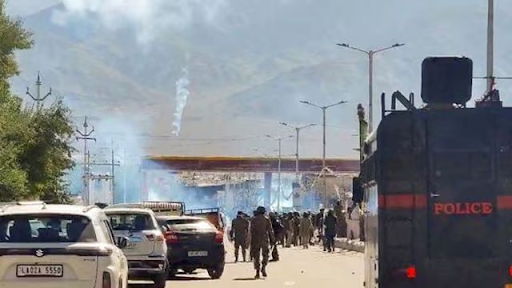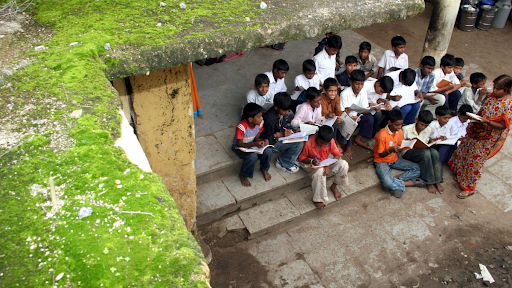




Copyright infringement not intended
Picture Courtesy: https://indianexpress.com/article/opinion/columns/multi-member-seats-a-short-lived-experiment-9650435/?ref=latestnews_hp
India's experiment with Multi Member Constituencies was short lived that ended after the 1957 election.
Multi member constituencies are electoral districts where more than one representative is elected.
The idea was introduced after independence to Improve parliamentary representation, especially for Scheduled Castes and Scheduled Tribes, depending on their population, it was decided that some seats would be reserved for them. But they would not be the only candidates on that seat.
In multi-member constituencies, voters have multiple votes depends on the number of available seats. For example; If “ABC” constituency has a high population of SCs, then it will be announced as a two-member constituency and each political party can field a general candidate and an SC candidate.
By allowing multiple representatives to be elected from a single constituency, the system aimed to address the under representation of marginalized groups in the legislative process.
Multi Member constituencies were first introduced during the first general election in 1951-52. In that election, out of the 489 seats, 72 Lok Sabha seats were reserved for SCs, with 71 designated as 2 member constituencies.
Out of total Lok Sabha seats, 26 seats were reserved for the STs; 10 seats were single-member reserved constituencies and 15 were two-member constituencies, with North Bengal being a three-member constituency; general candidate and two reserved category candidates (one SC and the other ST).
Out of the 3,283 seats in the state Assemblies, 477 were reserved for SCs and 192 for STs.
The concept of multi-member constituencies lasted for only two elections; 1952 and 1957.
The electoral success of SC and ST candidates has raised concern among general category candidates; they opposed the multi member constituency system.
Many candidates challenged the election results in different courts, which highlighted the dissatisfaction with the system. A Judge bench of the Supreme Court ruled that in a 2-member constituency ST candidates were free to contest on both reserved seats and general seats.
After the opposition from general category candidates, the electoral challenges and Supreme Court ruling, the Indian government finally decided to abolish the system of multi member constituencies with the aim to simplify the electoral process and to ensure a clear representation of constituencies.
Must Read Articles:
THE BURGEONING EXPENDITURE OF ELECTIONS
ELECTION COMMISSION OF INDIA (ECI)
Source:
|
PRACTICE QUESTION Q.Consider the following statements in the context of the multi member constituencies in India: 1. The idea was introduced during the emergency period which was later abolished by the Janata Party Government. 2. State Assemblies were kept out of the multi member constituencies system since independence. Which of the above statements is/are correct? A) 1 only B) 2 only C) Both 1 and 2 D) Neither 1 nor 2 Answer: D Explanation: Statement 1 is incorrect: The concept of multi-member constituencies lasted only two elections after Independence; 1952 and 1957. The idea was to give representation to persons belonging to the Scheduled Castes and the Scheduled Tribes. Statement 2 is incorrect: The multi member constituencies were adopted for both Lok Sabha election and State assemblies election. In 1952 elections, out of the 3,283 seats in the state Assemblies, 477 were reserved for SCs and 192 for STs. |






© 2025 iasgyan. All right reserved